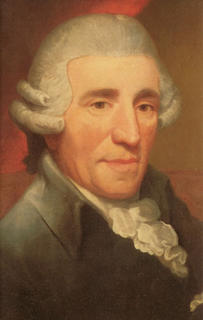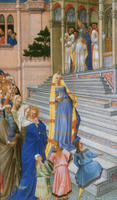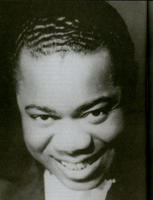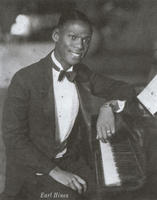
Just installed the blogger Word plug-in, so we will see how it works with this posting. Not well at all, I'm afraid. Oh, well.
I’m beginning a new course at Washington University about American music. Practically all American music – this course covers music from “Plymouth Rock to Rock ‘n’ Roll”! One of the requirements is to undertake six projects drawn from our text, Daniel Kingman’s “American Music: A Panorama”. One of these particularly appeals to me.
This project suggestion is based on Harry Partch’s analysis of music as detailed in his book “Genesis Of A Music”. Partch has doggedly followed his own muse into composition and performance, devising both his own musical scale and his own instruments, but the project itself alludes not to Partch’s own compositional methods but his philosophy of music. Partch choses to classify music as gravitating towards two distinct poles, the corporeal and the abstract. He describes corporeal music as emotionally tactile; music that is not of “pure form” or appreciated on a mental or spiritual basis. He considers it to essential vocal or verbal. Abstract music, on the other hand, is distinctly mental or spiritual, instrumental in form (even when the instrument is the voice itself), and it based on a non-verbal “form”.
Examples of Corporeal Music are:
Sung or chanted stories (includes much folk music).
Recited or intoned poems (some folk and popular music).
Dramas (e.g. early 17th century Florentine music dramas).
Narrative dance music - ancient or modern.
Examples of Abstract Music are:
Songs with words that convey mood, not meaning.
Songs or dramas with words rendered meaningless via compositional means.
All purely instrumental music, with or without program, although programmed music tends towards the corporeal (telling a story, much as ballet music may do).
Kingman’s project suggestion asks which of the two types appeals most to you, and requests that you set up a diary recording the music you listen to over a period of time and discuss it Partch’s terms taking care to describe your own personal reactions. Already, a short consideration of music using these concepts begins to establish tensions – for an example is an acappella folk song transcribed for instrument or instruments suddenly converted from the corporeal to the abstract? Perhaps it is – much would depend on the musical knowledge of the listener. Someone who knew the words and message of the song would recall and re-associate those meanings upon hearing the instrumental message. Someone who did not, would not, and thus the work would fall into the abstract. Interesting concepts already.
Thus, this project, in the words of Peep, seems like “such a good idea”, that I shall do so and I will record my impressions in this blog as I go along.
 Listening tonight to the blues and work songs in the film “The Land Where The Blues Began” (made by Alan Lomax in the late 1970s) set me thinking of Harry Partch all over again!
Listening tonight to the blues and work songs in the film “The Land Where The Blues Began” (made by Alan Lomax in the late 1970s) set me thinking of Harry Partch all over again! 








